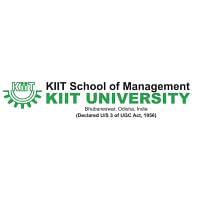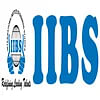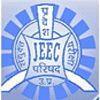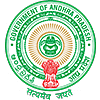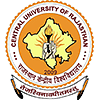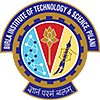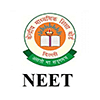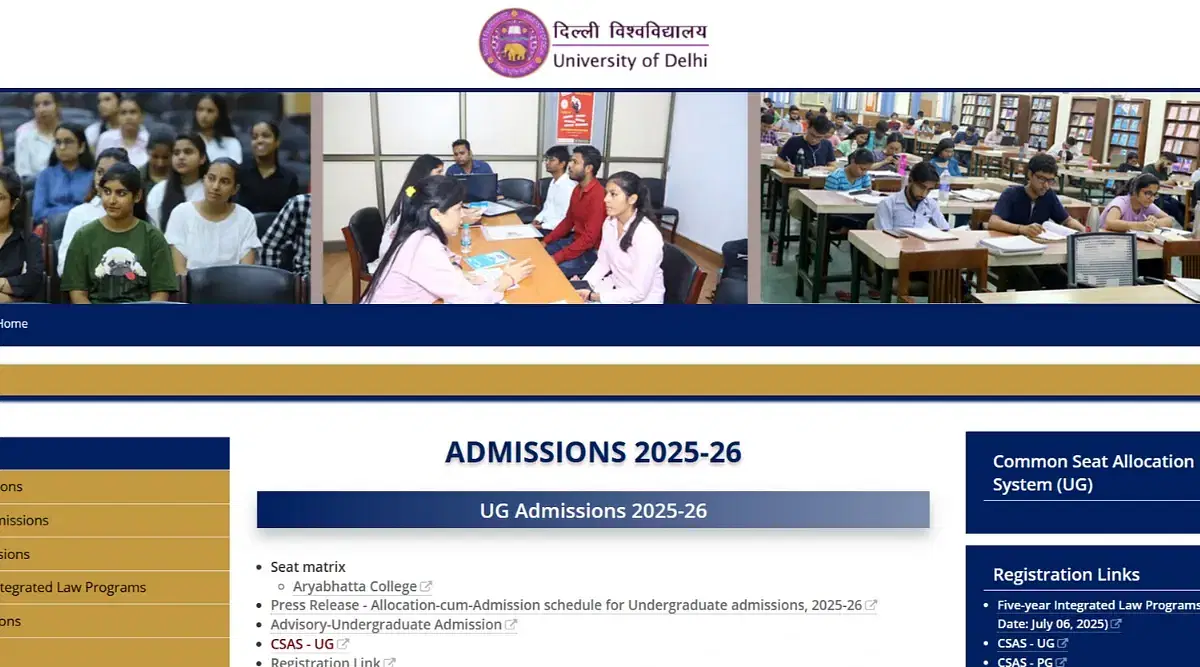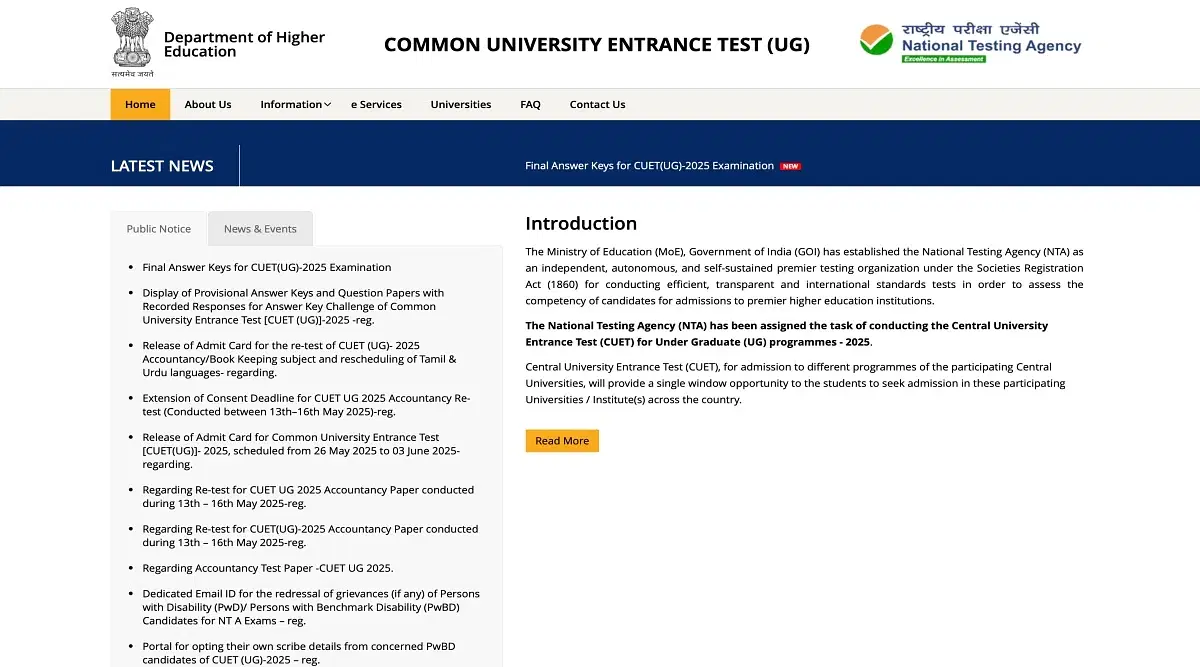
Table of Contents
The CUET UG Chemistry syllabus 2025 for Class 12 contains chapters such as solid-state, solutions, chemical kinetics, electrostatics, polymers, chemistry in everyday life, and many more. Thus, students preparing for the CUET 2025 exam should devote much time to learning the Chemistry curriculum. In addition, 7 topics from the CUET Chemistry syllabus has been deleted by the NTA. The topics are Solid State, Surface Chemistry, General Principles and Processes of Isolation of Elements, p-Block Elements, Organic Compounds and Containing Nitrogen, Polymers, and Chemistry in Everyday Life.
Additionally, National Testing Agency (NTA) will conduct the exam for admissions into central universities accepting the scores. Students are advised to refer different CUET study materials, mock tests, sample papers, previous year papers, revision, etc to prepare effectively for the examination. Referring to these will allow students learn topics in detail, their weaknesses and strengths, etc.
CUET Chemistry Syllabus PDF Download Link
The CUET UG Chemistry exam syllabus pdf download link 2025 has been provided in the table below for students reference. The PDF will help the students learn exam topics in detail and prepare well for the upcoming session. The students are advised to check the syllabus topics and detail and prepare accordingly.
| Particulars | Link |
| CUET Chemistry Syllabus PDF | Download Here |
CUCET UG Chemistry Topic-Wise Syllabus
All the 16 units covered under the CUCET Chemistry exam syllabus 2025 has been shared here for students reference. The detailed syllabus topics of all the chapters covered under the Chemistry mentioned here will help students learn the topics and prepare well for the examination.
Solutions
The detailed syllabus of the Solutions chapter of the CUCET UG Chemistry exam syllabus is given below.
- Statement of concentration of solutions of solids in liquids
- Abnormal molecular mass
- Types of solutions
- Colligative properties
- Deterrmination of molecular masses (using colligative properties)
- Raoult’s law
- Van Hoff factor
- Osmotic pressure
- The solubility of gases in solid solutions and liquids
- Depression of freezing point and elevation of boiling point
Electrochemistry
The detailed CUCET Chemistry 2025 syllabus topics of the Electrochemistry paper will help students prepare effectively for the examination.
- Kohlrausch’s Law
- EMF of a cell
- Redox reactions
- Galvanic cells and Electrolytic cells
- Nernst equation and its implementation to chemical cells
- Variations of conductivity with concentration
- Specific and molar conductivity
- The connection between EMF of a cell and Gibbs energy change
- Corrosion
- Conductance in electrolytic solutions
- Electrolysis and laws of electrolysis
- Standard electrode potential
- Fuel cells.
Chemical Kinetics
The detailed Chemical Kinetics chapter CUET UG Chemistry 2025 exam syllabus topics are shared below for students reference.
- Factors affecting rates of reaction
- Rate of a reaction
- Activation energy
- Order and molecularity of a reaction
- Integrated rate equations and half-life
- Arrhenius equation
- Collision theory
- Rate law and specific rate constant.
D and F Block Elements
The detailed D and F Block elements syllabus topics are shared below for reference.
- Electronic configuration
- General trends in properties of elements in the periodic table
- Lanthanide contraction and its consequences
- Oxidation states
- Catalytic and magnetic properties
- Alloy formation
- Preparation and properties of KMnO4 and K2Cr2O7.
Coordination Compounds
Applicants must prepare well for the CUET UG Chemistry paper by checking the Coordination Compounds paper topics mentioned below.
- Importance of coordination compounds
- Isomerism
- Werner’s theory, VBT, and CFT
- IUPAC nomenclature
- Bonding of coordination compounds
- Ligands
- Colour, coordination number, shapes, and magnetic properties.
Haloalkanes and Haloarenes
The CUCET exam topics of the Haloalkanes and Haloarenes mentioned here.
- Nature of C-X bond in haloalkanes and haloarenes
- Nomenclature of haloalkanes and haloarenes
- Substitution reactions of haloalkanes and haloarenes
- The optical rotation of haloalkanes
- Uses & environmental effects of trichloromethane, DDT, iodoform, dichloromethane, freons, and tetrachloromethane.
Alcohols, Phenols, and Ethers
Applicants must check the syllabus topics of the Alcohols, Phenols, and Ethers mentioned here.
- Method of preparation of alcohols, ketones, and ethers
- Nomenclature of alcohols, ketones, and ethers
- Physical & chemical properties of alcohols, ketones, and ethers
- Uses of alcohols, ketones, and ethers
- Identification of 1°, 2°, and 3° alcohols.
Aldehydes, Ketones, and Carboxylic Acids
The CUET UG syllabus Chemistry 2025 topics for the Aldehydes, Ketones, and carboxylic acid mentioned below.
- Nomenclature and nature of carbonyl compounds in aldehyde, ketone, and carboxylic acid
- Properties of aldehydes, ketones, and carboxylic acids
- Uses of aldehydes, ketones, and carboxylic acids.
Biomolecules
The CUCET Chemistry detailed syllabus topics for the 2025 session has been provided here for students reference.
- Amino acids
- D-L configuration
- Classification of carbohydrates
- Peptide bonding
- Proteins and their structures
- Denaturation of proteins
- Importance of carbohydrates
- Enzymes.
CUET Chemistry Reference Books
CUET Chemistry Syllabus 2025 is covered in the books mentioned below. The list contains the best mock test books as well. Candidates must buy these CUET 2025 books for the best results.
| Best Books | Authors/Publishers |
| Chemistry for NTA CUET (UG) | Tan Print's |
| CUET 2025 Chemistry | Paperback by Drishti Publications |
| NTA CUET UG Chemistry Section II Question Bank | Parul Srivastava |
| Oswaal NTA CUET (UG) 10 Mock Test Sample Question Papers Chemistry | Oswal Editorial Board |
| Go To Guide for CUET (UG) Chemistry with 6 Previous Year Questions | Disha Experts |
| Gurukul NTA CUET (UG) Chemistry Question Bank | Oswal Editors |
CUET UG Chemistry Preparation Tips
Candidates must refer to the points mentioned here to crack the exam successfully. Additionally, candidates are required to follow the best books for the exam. The following CUCET preparation tips will help students prepare more effectively for the upcoming examination.
- Candidates must concentrate on chapters for organic chemistry, including haloalkanes and haloarenes, biomolecules, aldehydes, ketone, carboxylic acid, alcohol, phenol, ether, polymers, and chemistry in everyday life. These subjects are crucial to the study of organic chemistry.
- Due to the need for memorization, inorganic chemistry is a difficult subject. Candidates must note all the important formulas and equations as they study.
- Additionally, candidates must focus on P-Block Elements, Coordination Compounds, General Principles and Processes of Elements Isolation, and D- and F-Block Elements.
- Candidates must revise all the chapters from the CUET Chemistry Syllabus 2025, periodically to enhance their performance.
- Lastly, candidates must appear for mock tests and check their performance.
FAQs on CUET Chemistry
Q: What is the syllabus topic of CUET Chemistry UG paper?
The syllabus topics for the CUCET Chemistry paper are Solid State, Solutions, Electrochemistry, Chemical kinetics, Surface Chemistry, General Principles and Process of Isolation of Elements, P-Block Elements, D and F Block Element, Coordination Compounds, Haloalkanes and Haloarenes, Alcohols, Phenols, and Ethers, Organic Compounds Containing Nitrogen, Aldehydes, Ketones, and Carboxylic Acid, Chemistry in Everyday Life, Biomolecules, and Polymers.
Q: What is the best way to prepare for the CUCET UG Chemistry paper?
To prepare well for the CUET UG Chemistry paper students must prepare a proper schedule considering all the daily life factors in mind. Then they must follow the schedule and start covering the easier topics first. Applicants must complete the entire syllabus and revise it again at least twice before the exam. Further, students must refer to best recommended books, sample papers, previous year papers, mock tests for an effective result and analyze their preparation level.
Q: What is the marks distribution in CUET Chemistry exam?
In CUET UG Chemistry paper total 50 Multiple Choice Questions (MCQs) are asked out of which students are required to answer 40 questions. Further, for each correct response they will be given 5 marks and 1 mark will be deducted for each wrong answer. Moreover, no marks will be deducted for unattempted questions.
Q: Are sample papers useful for CUET Chemistry exam?
Yes, sample papers are helpful for the preparation of all subjects for the CUCET examination. The sample papers will help students learn exam pattern, question format, important topics required to be given more attention, time management, and many other aspects of an examination. It will help candidates analyze their level of preparation and prepare accordingly for the paper.
Q: Which are the best books for CUET UG Chemistry paper?
The list of books recommended for the CUCET UG Chemistry paper are Chemistry for NTA CUET (UG) by Tan Print's, CUET 2025 Chemistry by Paperback by Drishti Publications, NTA CUET UG Chemistry Section II Question Bank by Parul Srivastava, Oswaal NTA CUET (UG) 10 Mock Test Sample Question Papers Chemistry by Oswal Editorial Board, Go To Guide for CUET (UG) Chemistry with 6 Previous Year Questions by Disha Experts, Gurukul NTA CUET (UG) Chemistry Question Bank by Oswal Editors.


